Any standard HAM radio exam asks for the building blocks of a simple transceiver, plus some details, to some extent.
I enjoy theory as much as the next guy, but I'd like to see how that applies in real life:
-How does a broadband amplifier behave at different frequencies?
-How to design such boards?
-If I want to modify my transciever to make it operate at different frequencies, how will I do it?
If you'd like a crash course on SSB radios, I can't recommend you enough this excellent HaD article series, written by Gregory L. Charvat.
To answer those questions (and more), I'm making boards for all those building blocks:
-VFO
-BFO
-RF amplifier
-Power amplifier
-Audio amplifier
-Mixer
-Product detector
-Quartz filter
-BandPass filter
Now, this is not going to be my own work at first: I'd like to first replicate a very well-known design of transciever: the BitX, designed by Ashhar Farhan. That'll give me the opportunity to build something I know should work, then start modding from there (and hopefully learn something along the way)!The boards will be a mashup of Farhan's BitX40, Minima and BitX20; which would allow me to quickly swap the modules out to change the radio's final behaviour.
The aim is to build a working single-band, single-conversion SSB transceiver, and work form there, modify it to expand its capabilities.
 M.daSilva
M.daSilva
 And this showed up the other day!
And this showed up the other day!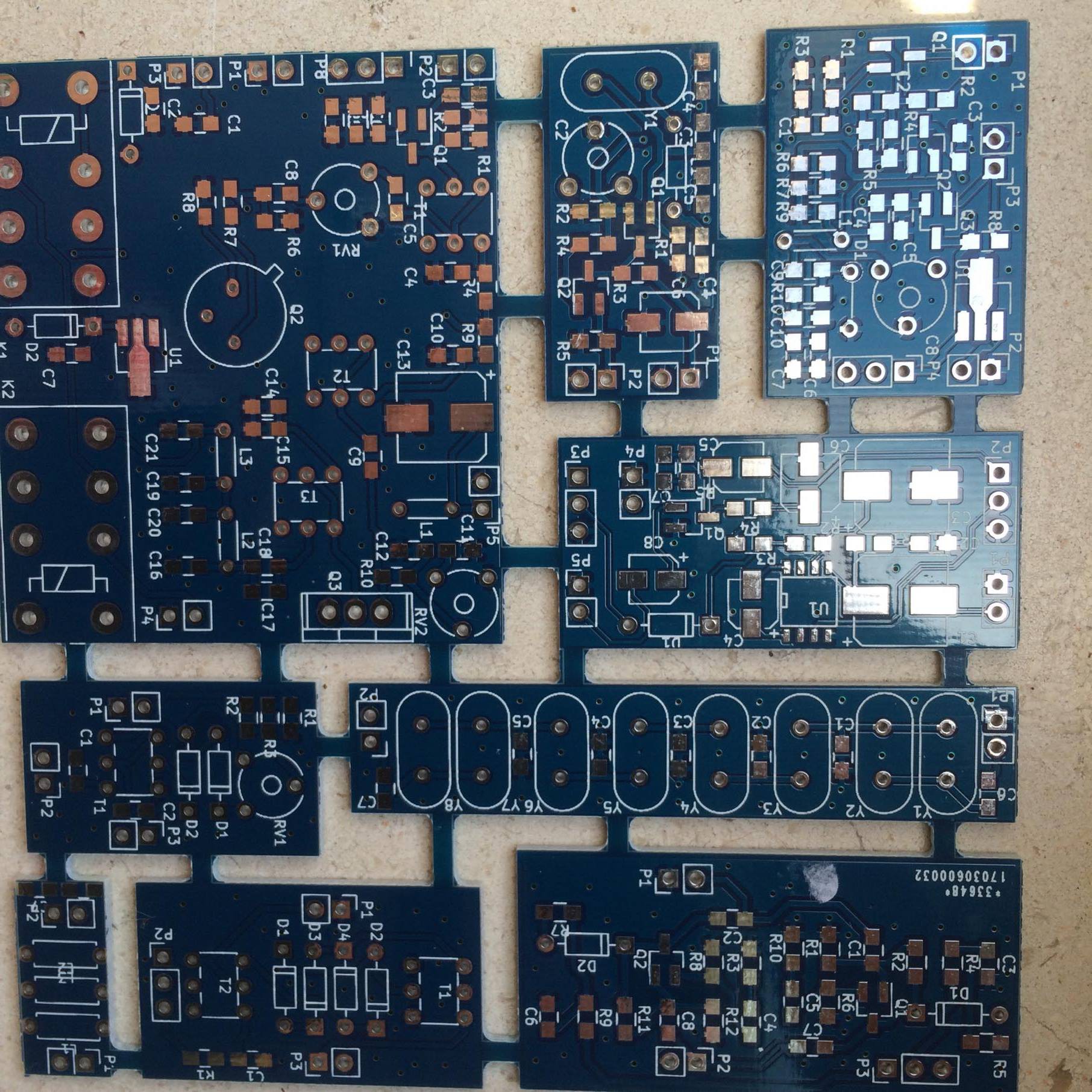
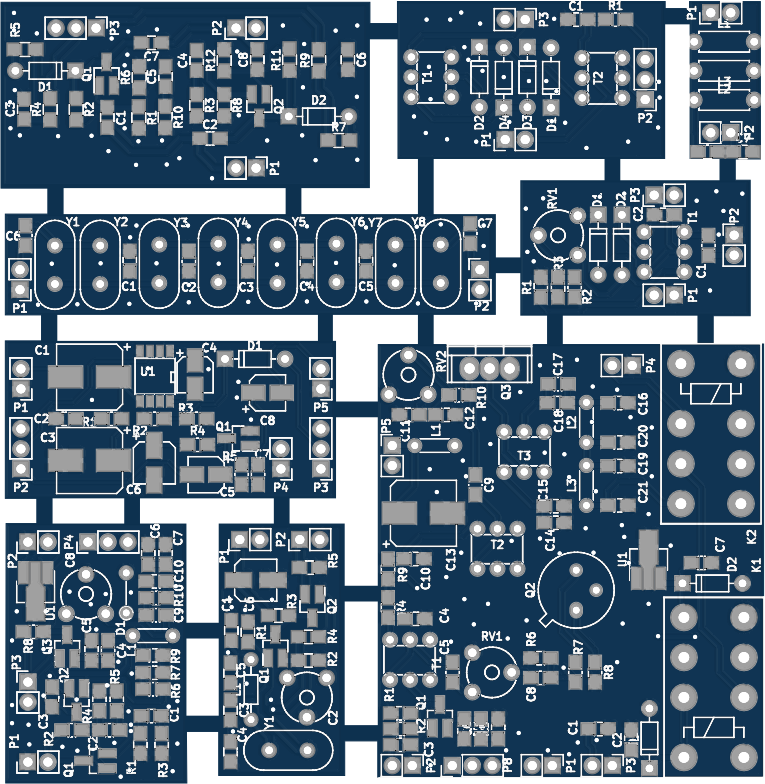

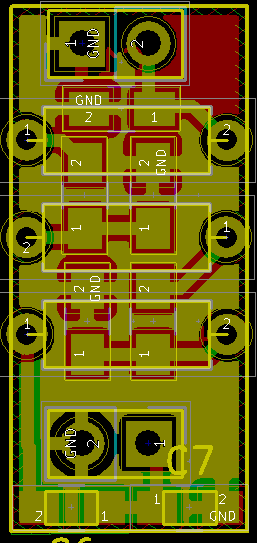
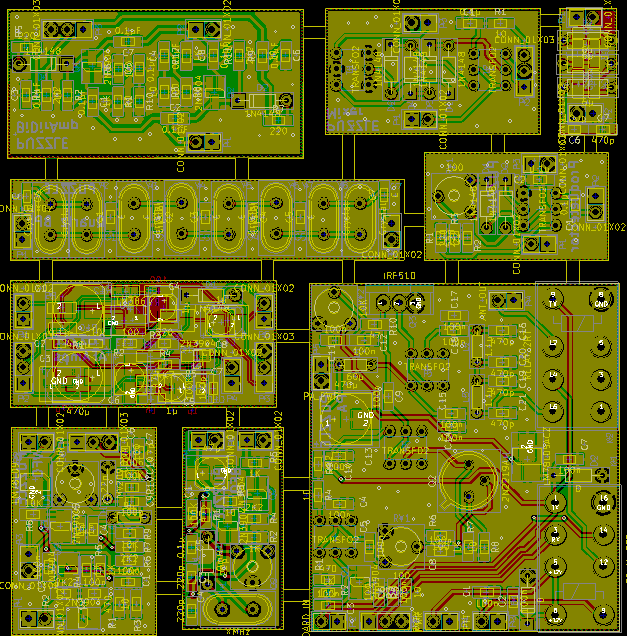
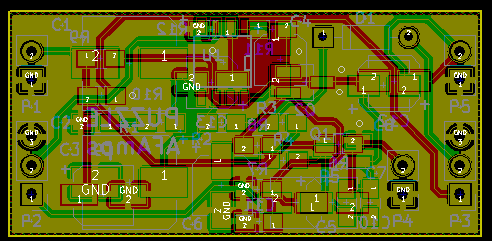



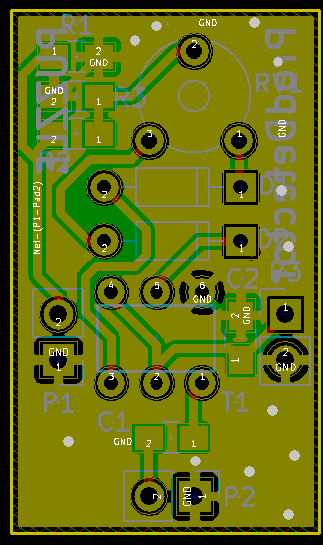

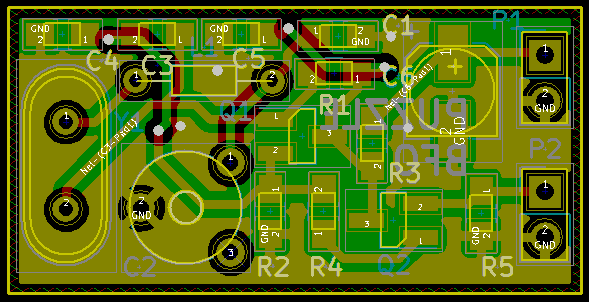

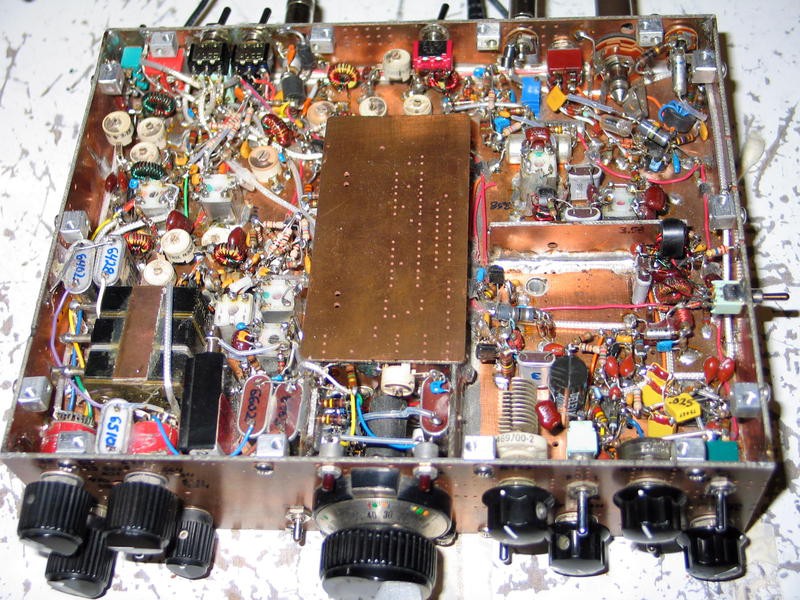
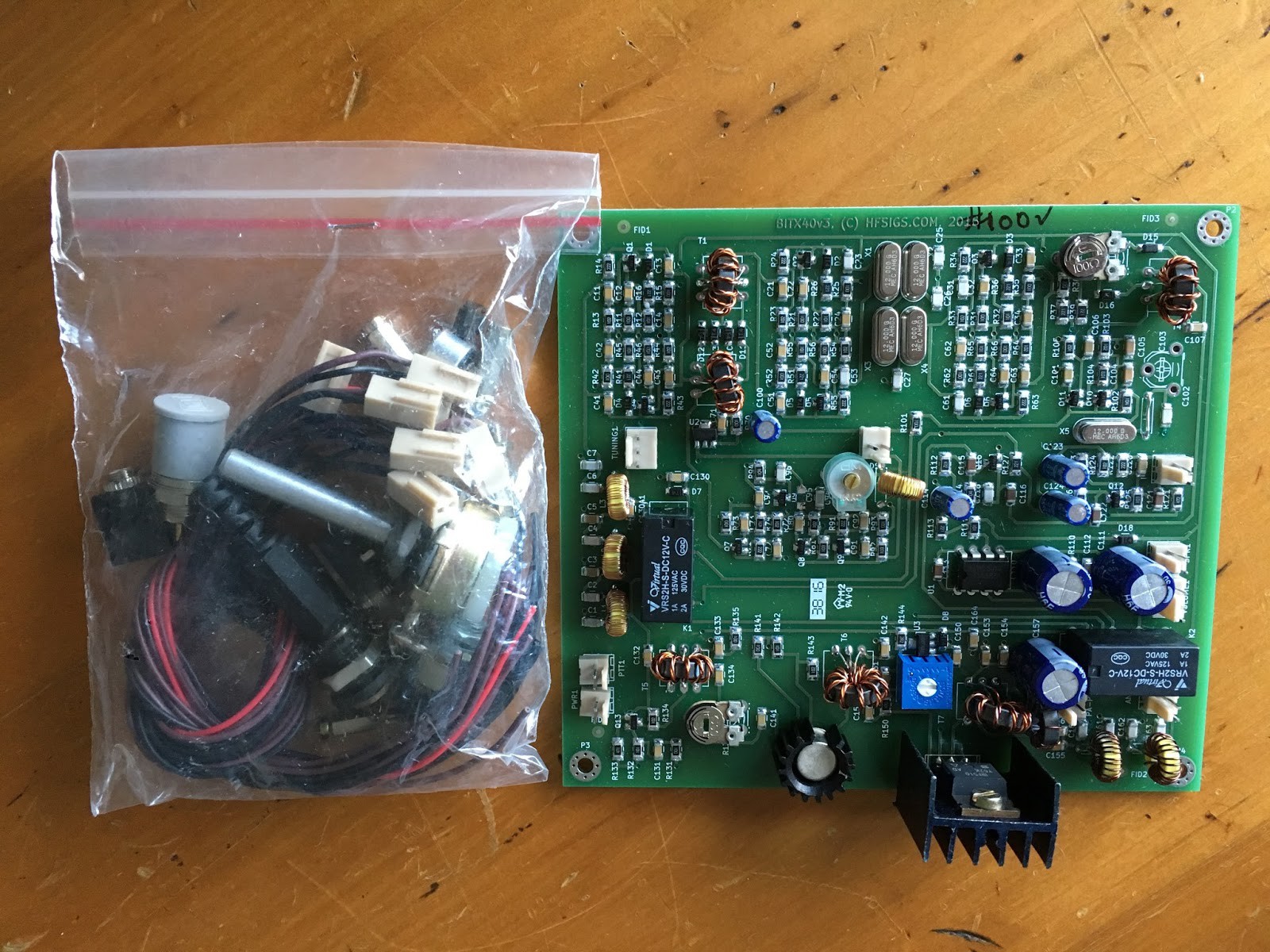 One of these kits is on the way; I'm sure I'll have lots of fun playing with it. However, I don't want to stop there, I feel like this transceiver could be easily modified: change the IF frequency, turn it into a biband/multiband transceiver, ... As I don't want to risk ruining this nice board, and I want to learn some more, I'll respin my own! To help me understand how each block works and interacts with the others, they'll be divided into units I can play with individually.
One of these kits is on the way; I'm sure I'll have lots of fun playing with it. However, I don't want to stop there, I feel like this transceiver could be easily modified: change the IF frequency, turn it into a biband/multiband transceiver, ... As I don't want to risk ruining this nice board, and I want to learn some more, I'll respin my own! To help me understand how each block works and interacts with the others, they'll be divided into units I can play with individually. 


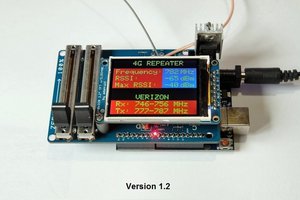
 Capt. Flatus O'Flaherty ☠
Capt. Flatus O'Flaherty ☠
 rodrimen
rodrimen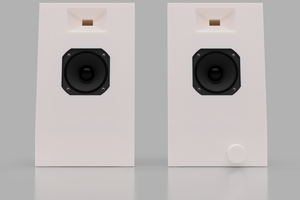
 Davide Ercolano
Davide Ercolano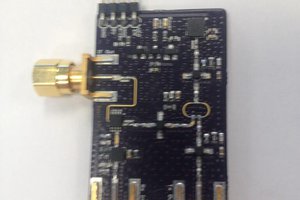
Do you have the BOM somewhere?